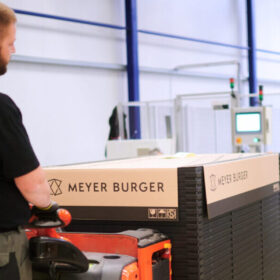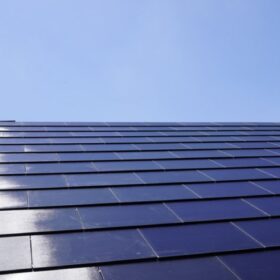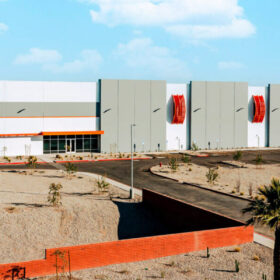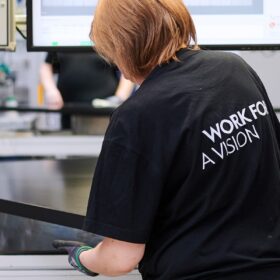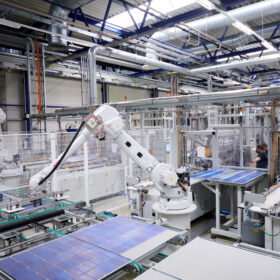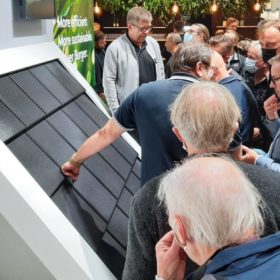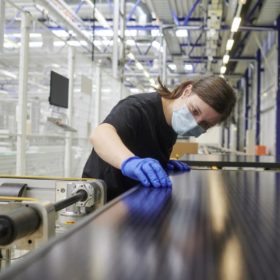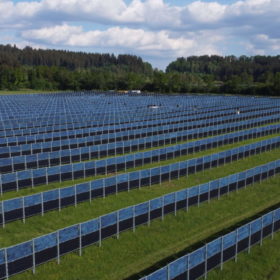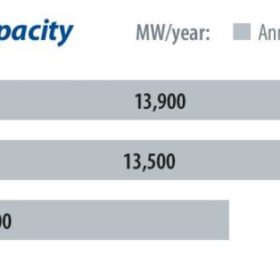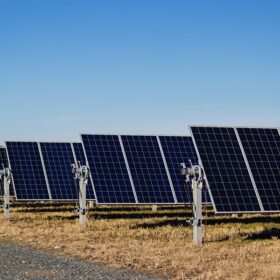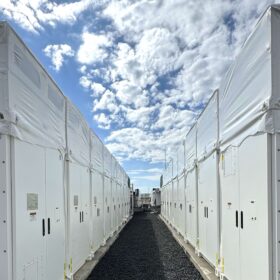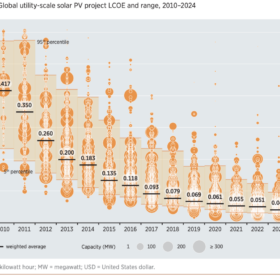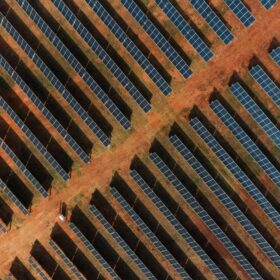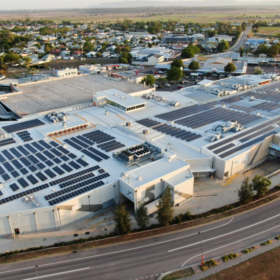Meyer Burger’s German subsidiaries file for insolvency
Swiss solar cell company Meyer Burger said it filed for insolvency for its German subsidiaries, following intensive efforts to keep Meyer Burger Industries GmbH and Meyer Burger Germany GmbH operational.
Paxos unveils glass-glass PV tile with heat pump integration
Paxos Solar has developed a new glass-glass PV tile that integrates with heat pumps, featuring Longi’s back-contact solar cells. The 44 W, 59.5 cm x 48 cm tile can also produce heat for residential systems.
Meyer Burger cancels US solar cell plant, announces restructuring
Swiss-German PV manufacturer Meyer Burger has announced company restructuring plans, put an end to a proposed United States solar cell plant and put on hold plans for capacity expansion at an existing module production plant in the US. Existing cell production site in Germany to remain part of Meyer Burger operations.
Meyer Burger to cease PV module production in Germany
Heterojunction cell and panel manufacturer Meyer Burger says it will stop making PV modules in Germany, but it will continue to produce solar cells in the country to support its panel production operations in the United States.
Meyer Burger shifting focus to US market
Switzerland-based manufacturer Meyer Burger is now prioritising the establishment of new module and cell production facilities in the United States, driven by favourable market conditions in the country.
Swiss manufacturer enters Australia with heterojunction solar module
Swiss solar module maker Meyer Burger plans to grab a share of the booming Australian PV market, announcing it will start selling a series of high-performance solar panels that the company says deliver higher energy yields when compared to conventional technologies.
Meyer Burger unveils new solar tiles
Meyer Burger plans to start selling a new building-integrated PV product from 2022. It says the solar tiles have a high energy yield, with simplified installation and the ability to also provide heating. German engineering company paXos designed the tiles.
Meyer Burger plans to launch solar PV roof tiles in 2022
The Swiss group has acquired an integrated solar roof system solution from an unidentified German engineering service provider for this purpose. The aim is grow this sector from a niche market.
Agrivoltaic project with vertically mounted bifacial panels goes online in Germany
German developer Next2Sun has completed a 4.1 MW solar plant built with roughly 11,000 bifacial panels provided by Chinese manufacturer Jolywood.
Long read: Time is now for HJT
There’s nothing new under the sun, and this is ever so in PV. So it should come as no surprise that the hottest new cell technology has actually been in mass production for decades. But is now the time for heterojunction to move into the mainstream? There are serious challenges to overcome if so, but momentum is undoubtedly building.
